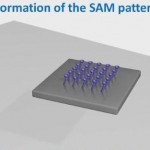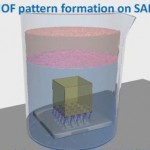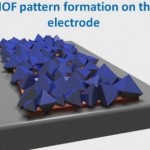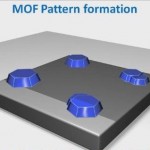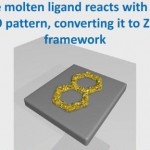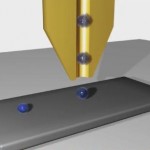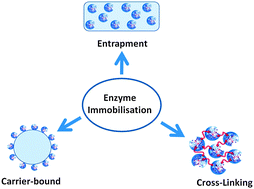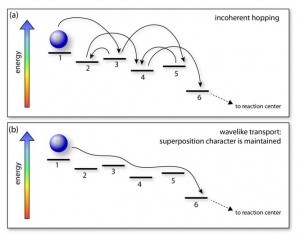Metal organic frameworks (MOFs) are remarkable materials which have great potential for different applications where an accessible surface area is a critical feature. However, the ability to control the position of MOFs is also crucial for their use in many devices. Paolo Falcaro et al from the CSIRO, Australia present a review on the current technologies that enable precise positioning of MOFs onto different platforms.
To access the full review for free* click the link below:
MOF positioning technology and device fabrication
Paolo Falcaro, Raffaele Ricco, Cara M. Doherty, Kang Liang, Anita J. Hill and Mark J. Styles
DOI: 10.1039/C4CS00089G
Similar reviews can be found in our metal organic frameworks themed collection.
*Access is free until 20th June through a registered RSC account – click here to register
Not only does this review demonstrate examples of devices in which the control of MOF position and functionalization will play a major technological role, but the authors have also provided video material clearly demonstrating the various techniques. The growth of MOFs can be controlled on different substrate with the intention of providing protocols suitable for MOF-based device fabrication. Watch the video’s for demonstrations of each technique. The full collection of videos can be viewed on our related content page.


